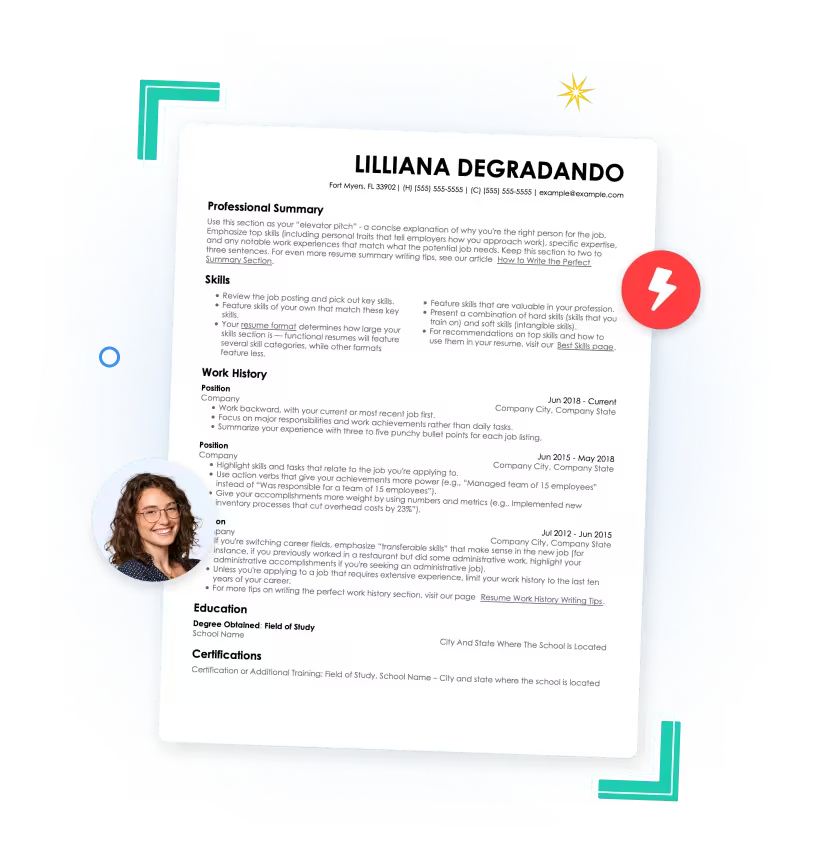If you are applying for a job, you need to prepare some written pieces, which include: a resume, a letter of application, a cover letter and so forth. Before scheduling an in-person interview, employers must approve the written letter and resume. If you are new to the workforce or want to discover tips that will make your resume and letter of application stronger, keep reading our advice.
Written applications
The written application is crucial when you’re applying for a job. The main reason is because employers always like to find out the applicant’s work history and their skills. Before scheduling an interview, employers like to read through the applicant’s work history, skills, qualities and talents. When writing an application for a job, you 
Cover letter
A cover letter is a letter that is sent with your resume to an employer. The purpose of the cover letter is to complement a resume and highlight your assets. Writing a cover letter is not mandatory, but it can help you catch the employer’s attention. The key to writing a cover letter is to keep it short, sweet and to the point.
When writing a cover letter, always personalize it to the specific job you’re applying to instead of writing a general cover letter. In addition, you should try to highlight information that employers are interested in knowing instead of just stating what you want to gain from the company. Other things that you should take into consideration when you are writing a cover letter include the following: always provide contact information in your cover letter; make sure to keep your cover letter less than a page long; and always proofread a cover letter before sending it.
The structure of a cover letter
The structure of a cover letter should follow these guidelines:
- The first paragraph should state the position you’re applying to. Don’t forget to include how you heard about the job opening.
- The second paragraph should list and highlight your qualifications, awards, talents, skills and so forth.
- The final paragraph should tell the company what you plan to accomplish if you get the job. Remember to thank the employer at the end of the paragraph.
Helpful tips for written applications, resumes and cover letters:
- Always proofread your work: The most important thing to do when writing a resume is to proofread it. Your written application should be free of grammar mistakes, spelling mistakes and homonym confusion. To make proofreading easier, read your resume out loud as you proofread it because it will help you catch awkward phrases, misspellings and grammar errors. Another way to proofread effectively is to proofread your resume once it’s printed out. And if you have time, try to wait a few hours before proofreading your written application.
- The right envelope makes a huge difference: If you’re mailing your resume, then you certainly need to find a large envelop so your resume stays neat. Never fold your resume because it can get wrinkles, which makes you seem unprofessional. A good envelope to use is called the A4 envelope.
- Keep it simple: Instead of writing four pages in your written application, just write one or two pages. Employers are busy people who rarely have enough time to read five pages of a resume.
- Don’t send original documents: Never send original documents with your written applications because they can get lost. If the employer asks for birth certificates or similar documents, make copies of them and send those instead.
- Tailor each application: If you are applying to a lot of jobs, then you certainly need to tailor each resume to fit the specific opening. Doing this well help you stand out, and it shows the employers that you’re willing to go the extra mile.

